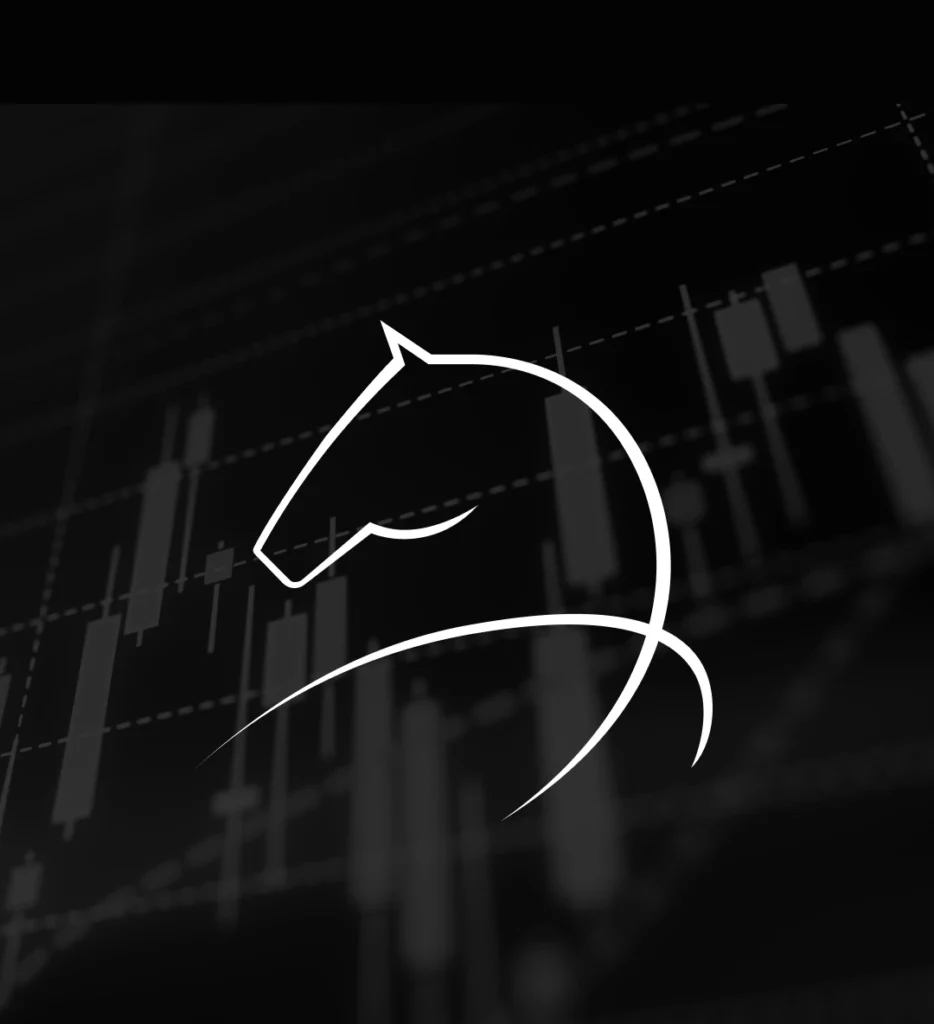It’s stating the obvious that, with some notable exceptions, many businesses are experiencing a downturn in trade due to the slowdown from COVID19. Employers are running skeleton crews, staff have been laid off and stood down as business owners manage their overheads during this quiet period.
From the discussions I’m having with clients, peers and those in my network, it’s apparent many of us have an eye on the future irrespective that we have no idea when trade is going to increase and begin the road back to normal (whatever the new normal will be). Cash-flow and having the ability to cover the input costs in delivering products and services will likely give an advantage to those who have got their access to credit in place and available prior to the upswing in the economy.
But with traditional banks and commercial lenders all but closed to business where do you turn to credit in the current environment?
Business owners are beyond frustrated with the roll out of the $250k government backed unsecured loans and the way the banks are facilitating the product. Second tier and unsecured lenders are now gaining access to the product and engaging with experts on how they’re rolling out the product. Even though we’re one of the few experts involved in trial rollouts the approval criteria is such that we encourage a discussion first, and not to pin your hopes on the government backed loan.
Trade and debtor finance lines of credit could be valid support tools that assist business owners.
Trade finance is a line of credit facility that can be used for any material supply costs, either domestically or on imported goods. Once a facility is in place businesses can use it to pay supply costs and the financier will give them 90 – 180 days to pay back the finance.
If you’re importing and wholesaling, that’s enough time to receive goods and have them moved out to your distribution channels and sales arms.
If you’re in any form of construction trade finance can see you through to your progress claim payments.
There’s lots of examples I can give to show that trade finance provides you greater scale to cover more inputs and preserve cash for other uses.
Debtor finance is a floating line of credit that is secured by your accounts receivable.
It works like an overdraft but it’s not secured by the family home or some other property. You can replace your traditional bank overdraft with a debtor finance line of credit to free up the equity in your home for something else or you could have an overdraft with a traditional lender and a debtor finance line of credit. Whichever structure is right for you, being able to drawdown on your invoices whilst you wait for payments allows you the cashflow to keep productivity growing as you start to build your business back up.
Whilst we can move faster than normal banks on these kinds of facilities they still take time to setup. Even though your accounts receivable and P & L might not be what it used to, I’d encourage you to start conversations now if you might want these kinds of facilities as business begins to come back up to speed.
Do this and when the first decent order comes you’ve already got the support in place to deliver.

Commercial Lending Solutions For Your Business
OVERDRAFTS | TERM LOANS | UNSECURED LENDING | EQUIPMENT FINANCE | PROPERTY FINANCE | CASH FLOW LENDING | WORKING CAPITAL | BRIDGING LOANS | PRIVATE LENDING
The finance you need to do business the way you want
.





